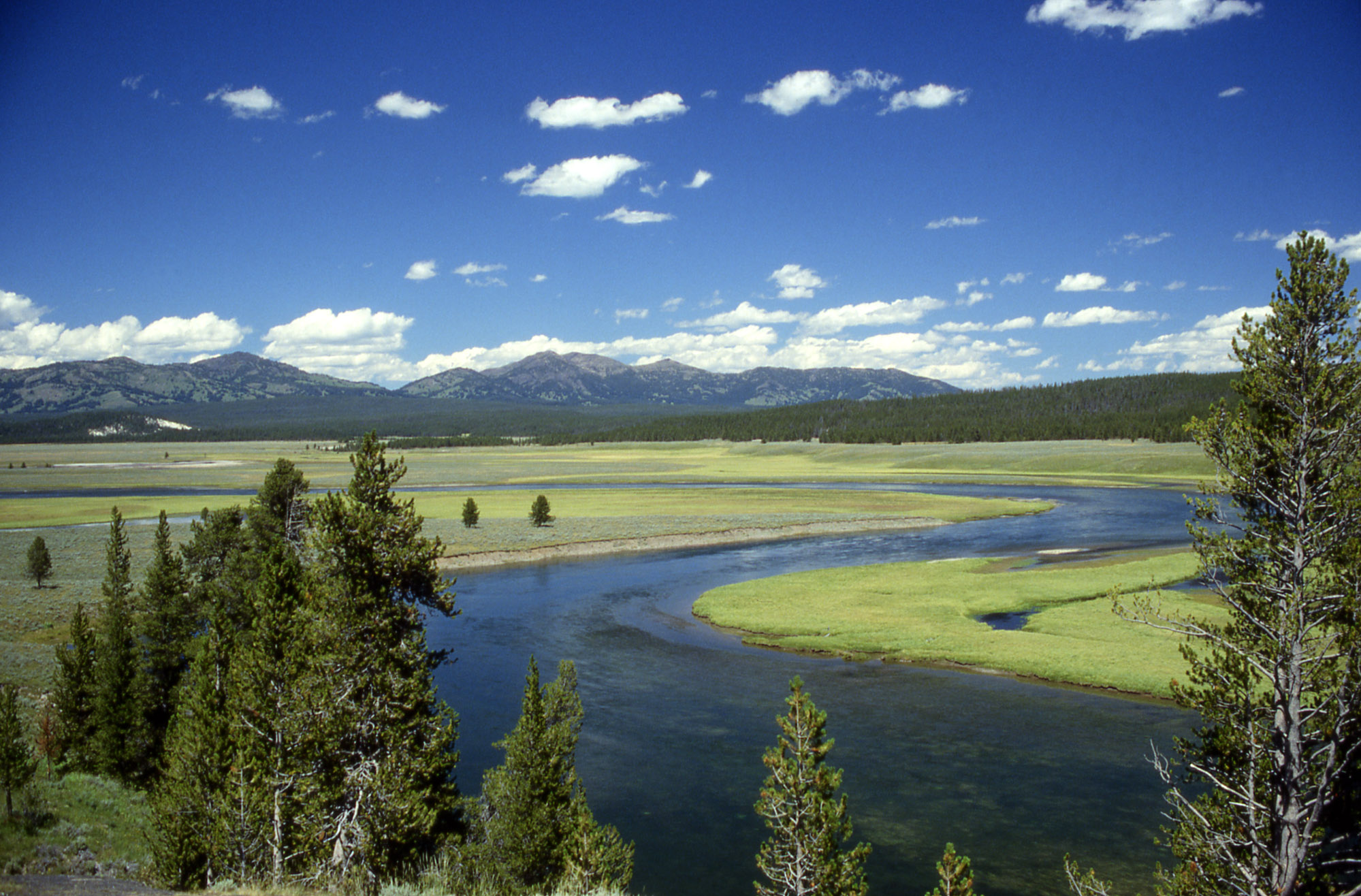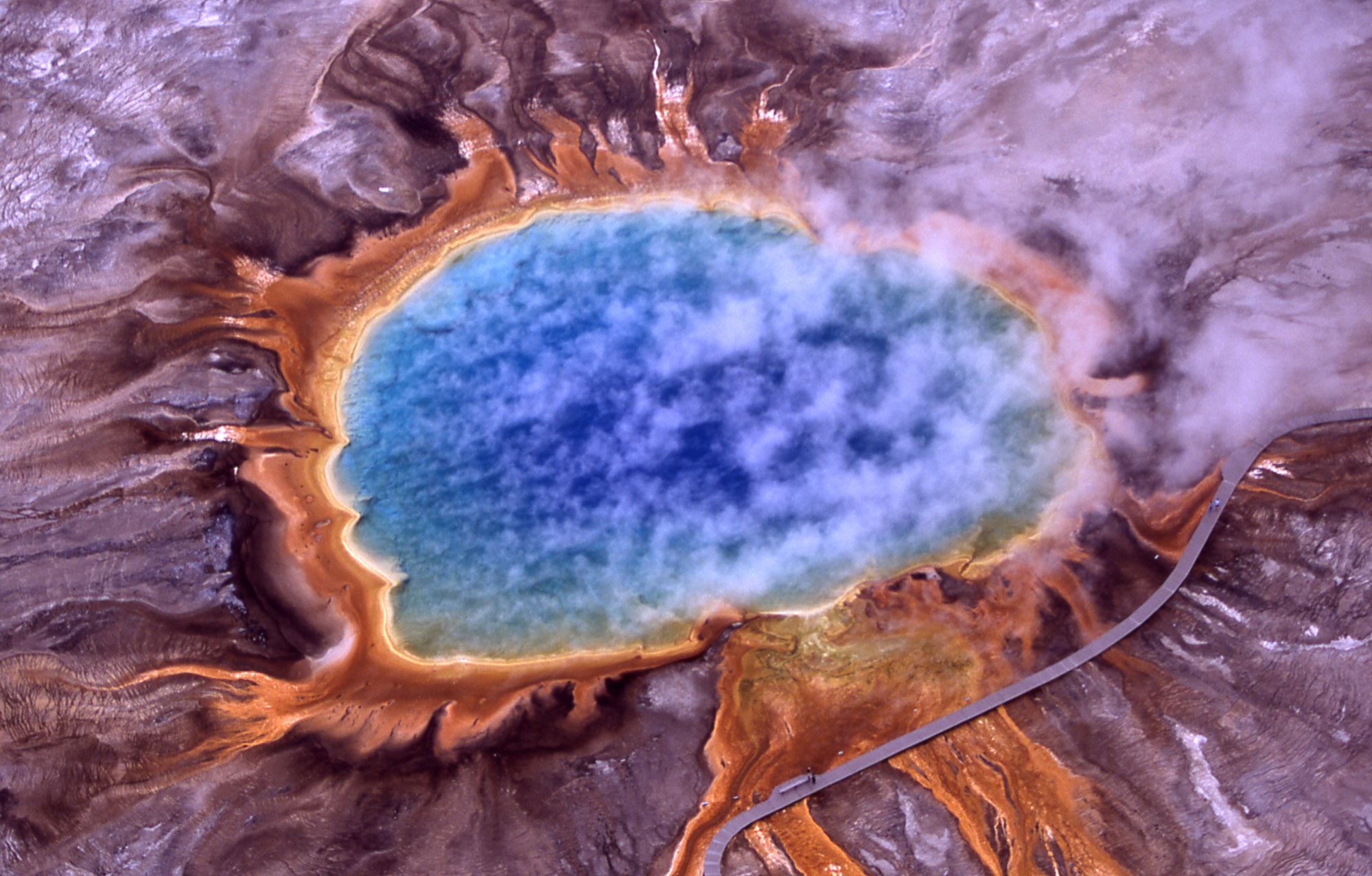Recently, scientists have been talking about a separate category of volcanoes that is distinct from the three general types previously discussed. This new category is called supervolcano and refers specifically to a volcanic eruption whose size and scale sets it apart from “regular” volcanic eruptions. A supervolcano is defined as a volcanic event in which more than 1,000 cubic kilometers (240 cubic miles) of material is ejected during an eruption. By way of comparison, the 1980 eruption of Mt. St. Helens ejected 0.25 cubic kilometers (0.05 cubic miles) of material.
A supervolcano is thought to form as a result of a huge accumulation of magma from the mantle building up in a large reservoir (i.e., the magma chamber) in the Earth’s crust. Pressure builds up in this large magma chamber until it erupts into a volcanic event of gigantic proportions.
The most recent supervolcano eruption was the eruption of Toba Volcano on the island of Sumatra, approximately 74,000 years ago. Toba’s eruption has been estimated to be 10,000 times bigger than the eruption of Mt. St. Helens. The results of this spectacular eruption can still be seen in Lake Toba which fills the caldera left behind when the magma chamber emptied.
Unknown to many people, the beautiful topography of Yellowstone National Park in Wyoming was formed by a supervolcano that last erupted 640,000 years ago.



